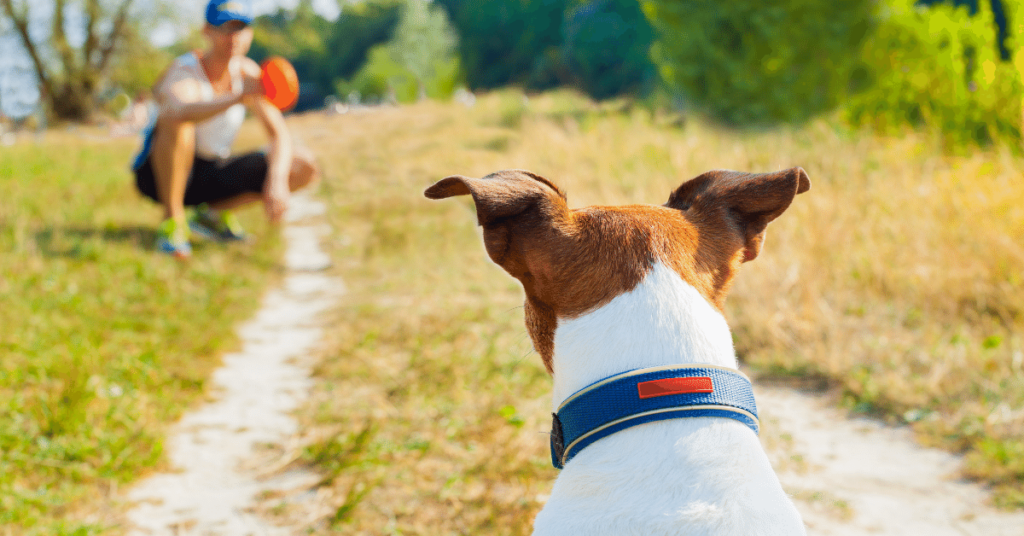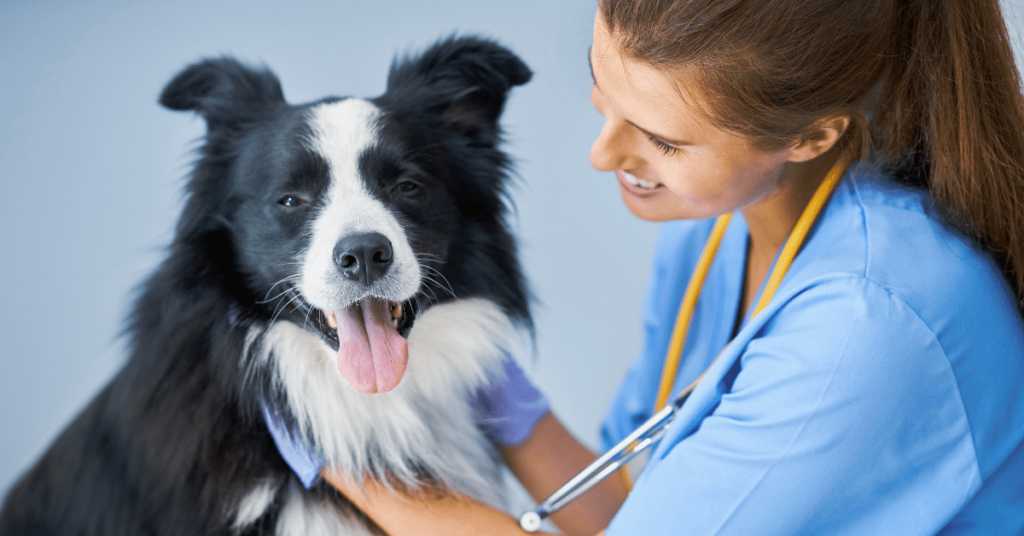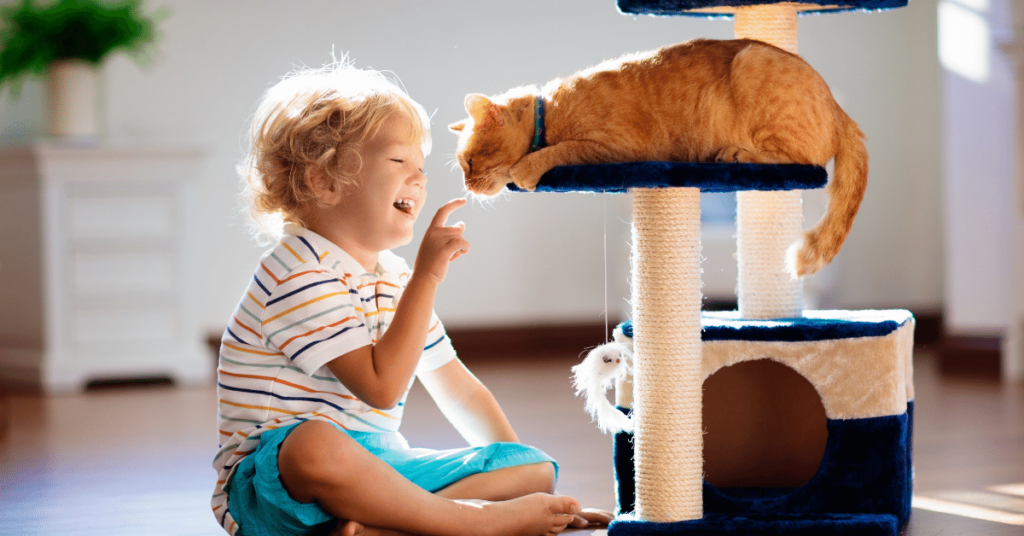Introduction
Recall training is one of the most important skills you can teach to your dog. It not only helps in keeping your furry friend safe, but also allows for enjoyable off-leash adventures. Teaching your dog to come when called may seem challenging, but with the right techniques and consistency, it can be achieved. In this article, we will explore effective strategies and tips for recall training.
Building a Positive Association
Start with a Strong Bond
Before diving into recall training, it is crucial to establish a strong bond and trust with your dog. Spend quality time with your furry friend, engage in play sessions, and provide rewards for good behavior. A strong bond will serve as the foundation for effective recall training.
Use Positive Reinforcement
Positive reinforcement is a valuable tool when training your dog to come when called. Reward your dog with treats, praise, and affection every time they respond to the recall command. This positive association will motivate them to repeat the behavior in the future.
Recall Training Techniques
Start Indoors or in a Controlled Environment
Begin recall training in a quiet and familiar environment, such as your home or backyard. Attach a lightweight leash to your dog’s collar to maintain control during the early stages. Call your dog’s name followed by the recall command, such as “come” or “here.” Use an enthusiastic tone to grab their attention and entice them to approach you.
Use High-Value Rewards
To reinforce the recall command, offer high-value rewards when your dog successfully comes to you. This can include their favorite treats or toys. Make sure the rewards are enticing enough to motivate your dog and make them eager to respond to the recall command.
Gradual Increase in Distractions
Once your dog masters recall training in a controlled environment, gradually introduce distractions. Start with mildly distracting situations, such as in the presence of a familiar person or mild outdoor distractions. Practice the recall command consistently, rewarding your dog for prompt responses. Over time, increase the level of distractions to help your dog generalize the command to various environments.
Incorporate Recall Training into Daily Activities
To reinforce recall training, integrate it into your daily activities. Call your dog to come before mealtime, before opening the door for a walk, or before engaging in a fun activity. This ensures that your dog associates the recall command with pleasant experiences and increases their responsiveness.
Troubleshooting and Tips
Avoid Punishment
Never punish your dog for not coming when called. This can create a negative association and make them hesitant or fearful of responding to the recall command. Instead, focus on positive reinforcement and using rewards to encourage the desired behavior.
Be Consistent and Patient
Consistency is key when it comes to recall training. Use the same recall command consistently and reward your dog for every successful response. Remember that recall training takes time, so be patient and persistent. Celebrate even small improvements and gradually work towards a reliable recall.
Practice in Different Environments
To ensure a reliable recall command, practice in various environments. Introduce your dog to different locations, such as parks or quiet streets, and practice using the recall command. This helps your dog generalize the command and respond regardless of the surroundings.
Use Long Leashes for Added Safety
In situations where you’re unsure of your dog’s response or are in an unfenced area, consider using long leashes for added safety. A long leash provides you with control while still giving your dog some freedom to explore. As your dog becomes more reliable with recall training, you can gradually transition to off-leash activities.
Summary
Teaching your dog to come when called is an essential skill that ensures their safety and allows for enjoyable off-leash adventures. Building a positive association, using positive reinforcement, and consistent training techniques are key to successful recall training. Remember to be patient, consistent, and reward your dog for every successful response. With time and dedication, you can have a reliable recall command that strengthens your bond with your furry friend.







